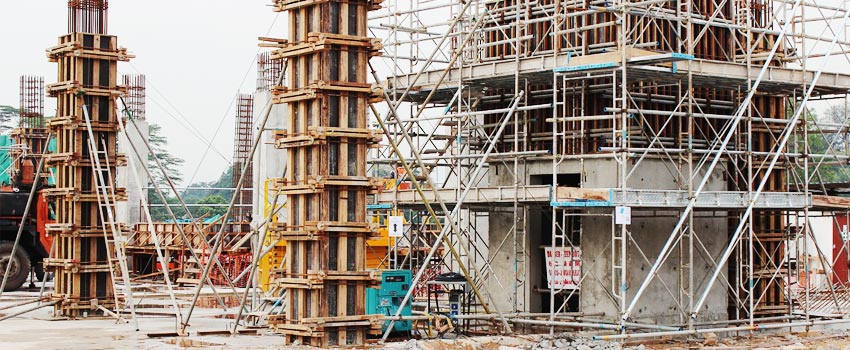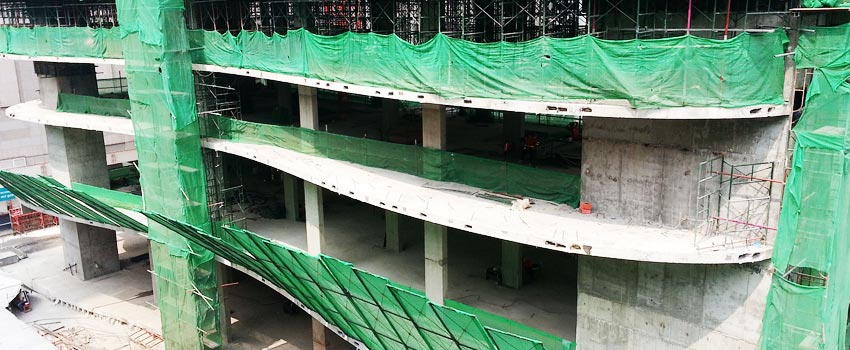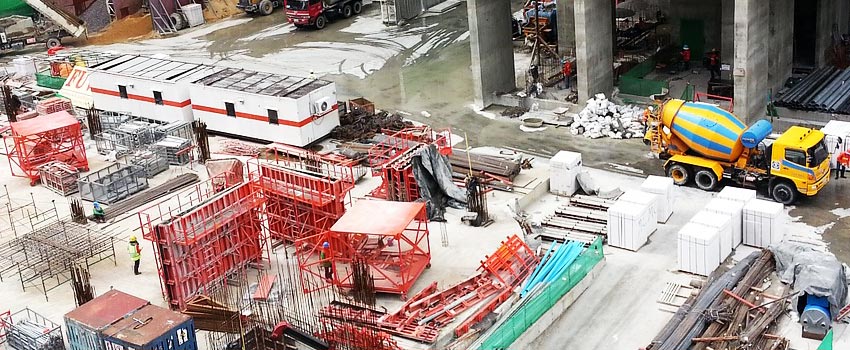The term prefabricated construction leads many to think about complete structures built in a factory which are then transported to the site and set on a foundation. While this building method is becoming increasingly popular, there are other ways builders are using factory precision and efficiencies to create quality structures. 1. Panelized Wood Framing Typically used in roofing, these frames are built from long pieces of laminated timber, covered by a plywood or other board roof deck. The frames can be up to 72 feet in length. These roof panels save time on the construction site, and make roof construction much safer. 2. Sandwich Paneling Sandwich panels are made from two thin facings of materials such as plywood, stainless steel, or concrete. The facings are then bonded to an insulating core, typically made of foam, rubber, paper, or cloth. 3. Steel Framing Steel has long been a popular building material for both residential and commercial construction. Steel framing takes this strong and durable material and creates prefabricated panels from it. These panels can then be used to construct buildings. 4. Timber Framing Like steel framing, timber framing panels are built in a factory and then used to quickly erect prefab buildings. Many timber homes today are constructed onsite using this prefab system. 5. Concrete Systems Having concrete parts of a prefabricated building cast in the factory allows for more versatility and saves time. Although precast concrete panels and other architectural elements are heavier than building components made from other materials, they are typically more durable, and can improve a building’s aesthetics. 6. Modular Systems Modular construction systems make use of all prefab styles to create a complete building, made from factory-constructed modules. The buildings are then brought to the construction site and connected to a prepared foundation and each other.
-
Prefabricated Construction: A Closer Look at 6 Prefab Building Methods
-

5 Ways Equipment Financing is Empowering Small Construction Businesses
Most small businesses need equipment in order to operate and grow, and each business must decide on an acquisition strategy that is right for it. But, a majority of businesses turn to equipment leasing and financing so they can take advantage of a range of benefits. ELFA highlights five key benefits that make equipment finance an advantageous option for small businesses: 1. Get 100{5f18d53bf3d3a834b1284a28fbb57648ee6ed20832eaf3ac8e6df416bd8ce112} equipment financing with no down payment. This allows the business to hold on to cash, or working capital, and use it for other purposes like financing project start-ups, expansion, improvements, marketing, or R&D. 2. Eliminate the risk of ownership. A business just starting out can use equipment financing to help lessen the uncertainty of investing in a capital asset until it achieves a desired return. Advantages include increasing efficiency, reducing costs or meeting other business objectives. 3. Keep up-to-date with new technology. To be on the cutting edge and be competitive, businesses often need access to new technology. Leasing, loans and other financing help small businesses get more technology and better equipment than they would have gotten without financing. Businesses that use lease financing can avoid the risk of owning obsolete technology and equipment, since many agreements allow for easy and fast equipment updates. 4. Plan expenses for cash flow and business cycle fluctuations. Equipment financing helps budgeting by setting customized rent payments to match cash flow, and even to match seasonal cash flows. 5. Obtain the convenience of product and service bundling. Certain financial products allow businesses to finance the entire cost of equipment, including installation, up-front maintenance, training, and software charges. That puts packaging systems, and ancillary products and services into a single solution so the business is freed to focus on its core operations. For more information about how equipment financing helps businesses succeed, visit our site. This site includes a digital toolkit, articles, informational videos, definitions of the various types of financing, a lease vs. loan comparison and questions to ask when financing equipment.










